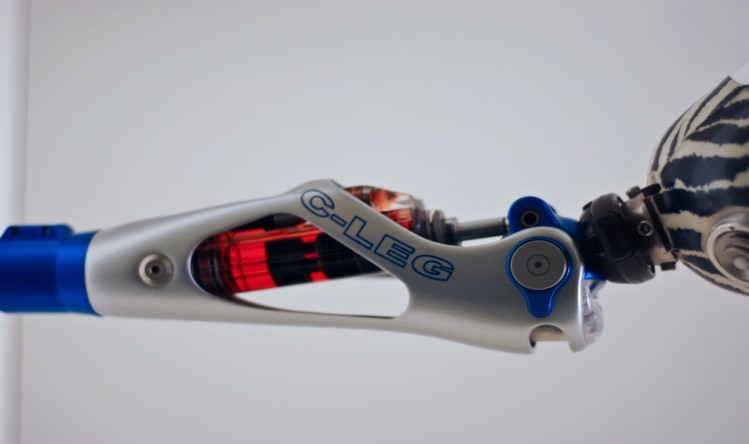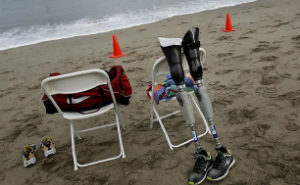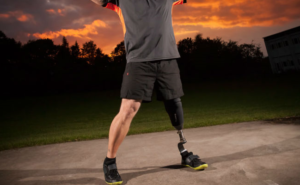Increased stability, safety, and function are among the many benefits of microprocessor-controlled knees.
Microprocessor-controlled knees have revolutionized the growing demands of lower-limb amputee treatment by increasing mobility and improving overall quality of life. Whether you want to expand your activity level or increase your confidence and stability, a microprocessor-controlled knee joint is designed to specifically adapt to your unique needs as an amputee.
How the Microprocessor-Controlled Prosthetic Knee Joint Was Developed
The first microprocessor-controlled prosthetic knee joints were introduced in the United States during the early 1990s with the Otto Bock C-Leg. The goal of this technology was to help lower-limb amputees regain normal leg movement and transition back into an active lifestyle with confidence. Prior to this advancement in prosthetic knee technology, above-knee amputees not only faced many daily challenges – such as decreased balance and an increased risk of falling – but many found keeping an active lifestyle to be impossible.
Microprocessor-controlled knees have revolutionized treatment options for above-knee amputees by providing safety and stability features that were not available in traditional prosthetic knees. These devices adjust to each individual’s walking patterns by automatically detecting up to 17 degrees of knee flexion and the speed at which it travels throughout the swing phase. Internal microprocessors are used to interpret signals from built-in sensors during movement and these signals are analyzed by hydraulic cylinders to regulate extension and determine resistance in the knee joint.
Benefits of Enhanced Natural Leg Movement for Above-Knee Amputees
Over the last 20 years, the quality of life for above-knee amputees has improved dramatically. With traditional lower-limb prostheses, amputees were at an increased risk of falling on uneven terrains and slopes. However, new advancements allow patients to take on hills and stairs without the fear of falling. Adjustments have been made in the technology to incorporate a stumble recovery control which automatically stiffens the joint to prevent stumbling or falling over. Additional safety and support features include water resistance, stance support, and swing phase support.
While the original goal of developing a more agile prosthetic knee device was to increase mobility, there are also many additional health benefits. Being able maintain an active lifestyle post-amputation decreases a patient’s risk of developing secondary health conditions from sedentary living, such as diabetes, circulatory problems, or cancer. With a microprocessor-controlled knee joint, amputees can experience improved stability and confidence which allows them to increase their daily activities and enjoy a higher overall quality of life.
The Future of Microprocessor-Controlled Knees in the Industry
The key to transitioning back into a normal life post-amputation is finding a lower-limb prosthesis that meets your individual needs and enables you to stay fit and healthy. As research and development continues in the industry for prosthetic legs, individuals who are interested in achieving a more independent and active lifestyle with a prosthetic leg can find hope with a microprocessor-controlled knee joint.
The fast evolution of microprocessor technology is the future of mobility and continues to be the standard of care for above-knee amputees.
Horton’s is committed to helping you improve mobility using the latest technology available. To learn more about how you can benefit from microprocessor-controlled prosthetic knee joints, contact Horton’s Orthotics and Prosthetics at 501-683-8889 and schedule a free consultation with one of our skilled prosthetists.
[maxbutton name=”Download Prosthetics 101″]
Photo courtesy of Andy Polaine through Flickr




Leave a Reply